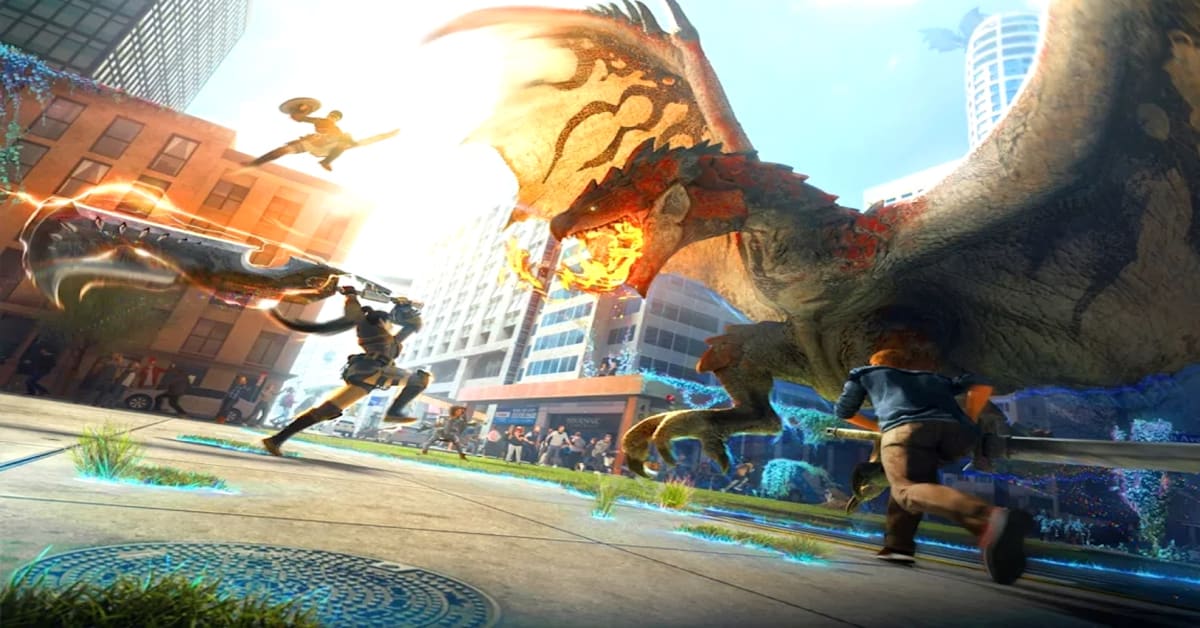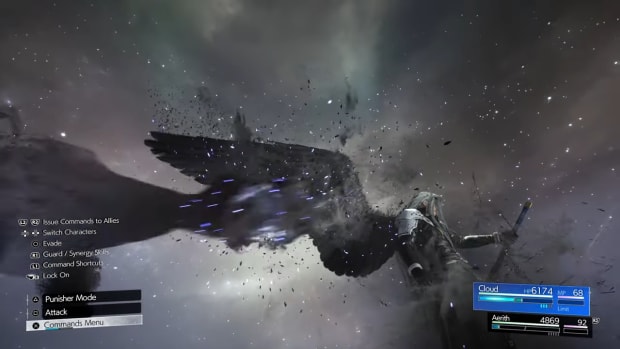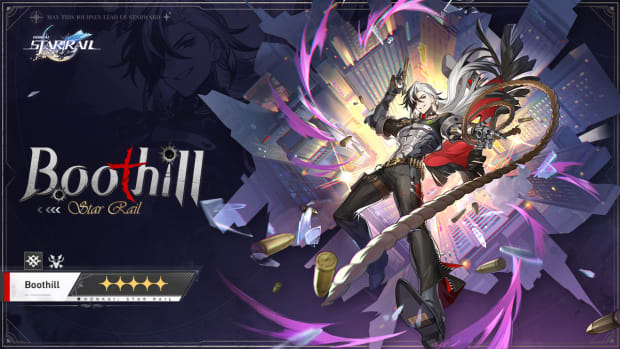
Capcom and Niantic on making a faithful Monster Hunter mobile game
Monster Hunter games on mobile have a rocky history, but Capcom and Niantic are hoping to change that with Monster Hunter Now. Now the series’ first mobile game launching simultaneously for international audiences and the first that tries capturing the essence of Capcom’s hit action series in bite-sized form. GLHF recently spoke with Niantic executive producer Kei Kawai and senior producer Sakae Osumi at a roundtable conference about how they remained faithful to the Monster Hunter series, despite Now having Pokemon GO DNA at its center, and how the team hopes players can make Monster Hunter Now part of their daily lives without friction.
Executive producer Kei Kawai tells us the original form of Monster Hunter Now hatched in 2019, when Niantic opened its offices in Tokyo. The studio wanted to work with a Japanese IP that had global appeal, and Monster Hunter fit the bill. The problem was getting Capcom to agree – or so Kawai thought.
Kawai had heard that negotiations with Capcom and Ryozo Tsujimoto, Capcom’s consumer games development division, usually lasted a long time before the Monster Hunter developer approved an idea and moved forward. Tsujimoto approved Monster Hunter Now on the spot. It fit Capcom’s plans for branching the series into the mobile game space, and the studio worked closely with Niantic to ensure Now felt and played like Monster Hunter.
Sure, you might not spend 15 minutes bonking a Pukei-Pukei with your Hunting Horn in Monster Hunter Now, like you would in Rise or World. Even with battles reduced to 75 seconds and “tap, touch, flick” mechanics, though, it sounds a lot like traditional Monster Hunter. You explore – the world around you, rather than an ancient temple or prehistoric seabed – find monsters, batter said monsters, and use the parts you harvest from them to improve your armor and gear.
“We put in a lot of effort to keep the hunting gameplay faithful to the original and as authentic as possible,” Osumi said. “ It was the most important area the dev team focused on. We were really nervous until we got the first feedback from the soft launch, but so far we are getting positive feedback from Capcom and players that this actually feels like a Monster Hunter game in the real world.”
Osumi said the team decided from the start to avoid including any function that would make Monster Hunter Now seem like a pay-to-win or a gacha game. Unlike with the best Genshin Impact characters, you won't have to worry about random luck getting in the way of what you want.
There’s a set chance of encountering certain monsters each day, depending on the current rotation. At launch, Monster Hunter Now cycles between three environments every 24 hours – forest, swamp, and desert – and 13 monsters, with more planned for future updates. Capcom’s goal is turning Now into an ultimate version of Monster Hunter Generations, where you can find beasties from throughout the series.
Niantic tells me that you won’t have to buy a battle pass to find a monster. You just need to walk around a bit, and you’ll eventually run across a creature or a resource node. Armor and weapons only come from monster parts, and while the team didn’t say anything about layered armor sets, Kawai and Osumi mentioned they were keen on collaborations with other Capcom franchises.
Monster Hunter Now’s in-game shop includes Wonder Orbs, which increase the size of your search radius while walking, and improved carving knives that get you more parts when you carve your monstrous prize. That’s the main monetization thrust so far, though you can buy potions and other items using in-game currency as well. Niantic says they designed MH Now so it’s pretty easy to get what you need without grinding, though, and sometimes without even looking at your phone.
Paintballs are back, but instead of showing you where a monster fled like they do in mainline Monster Hunter games, they mark a monster’s location so you can come back to it later after school or work. Osumi gave the example of briefly pulling your phone out at a traffic light, marking a monster, and then tracking it down once you get to the office or back home, possibly even with colleagues or family members.
Once you get your own Palico, Monster Hunter’s iconic cat companions, they can even do the marking without you even interacting with the game.
Like with Pokemon Go, Niantic wants people to treat this like a multiplayer game and monsters down with friends, co-workers, family members – whoever you can get nearby to (safely) play together. While you can play in random groups with Monster Hunter Now’s invitation system, Now also lets you form Group Hunts of up to four people. Osumi says these are essentially like static groups. If you find a monster and send an invitation, that invite stays in your static group, and there’s always a place for all four of your members in any hunt.
Osumi said the team also designed Now so you can play all of it alone without missing any of the game’s features or being at a disadvantage during hunts.
Monster Hunter Now is out now, on Android and iOS devices, and if you log in within the first week, you’ll get every tier of Now’s pre-registration rewards.



